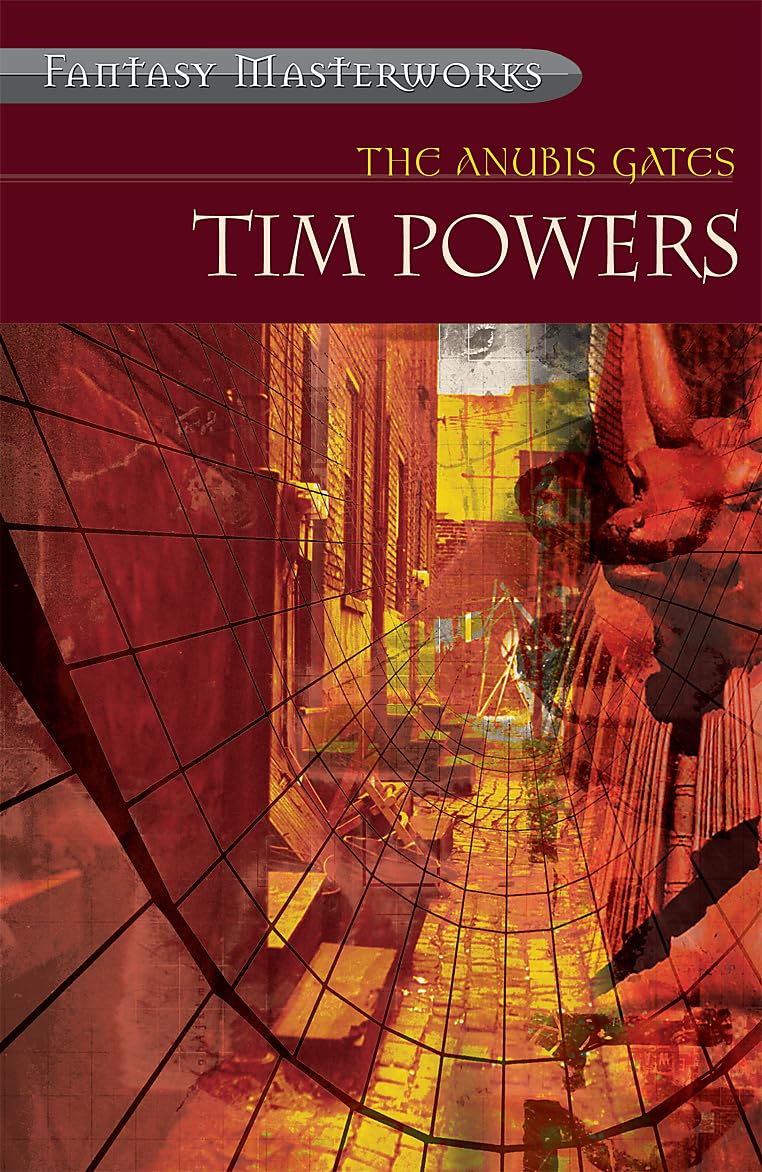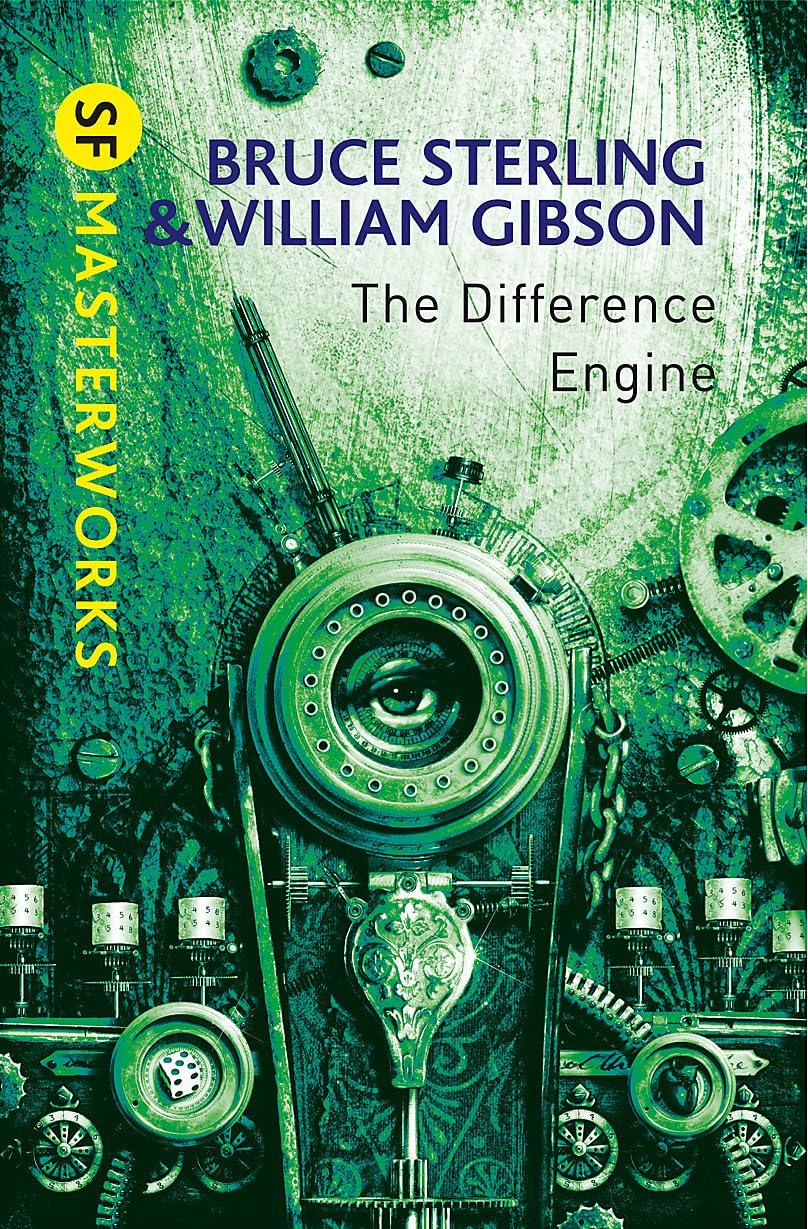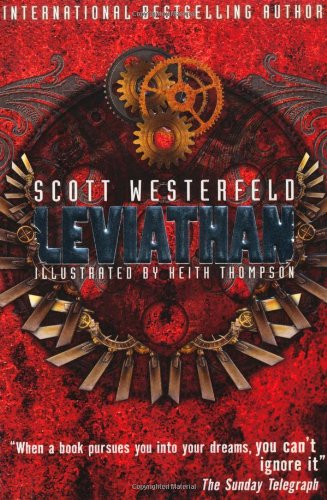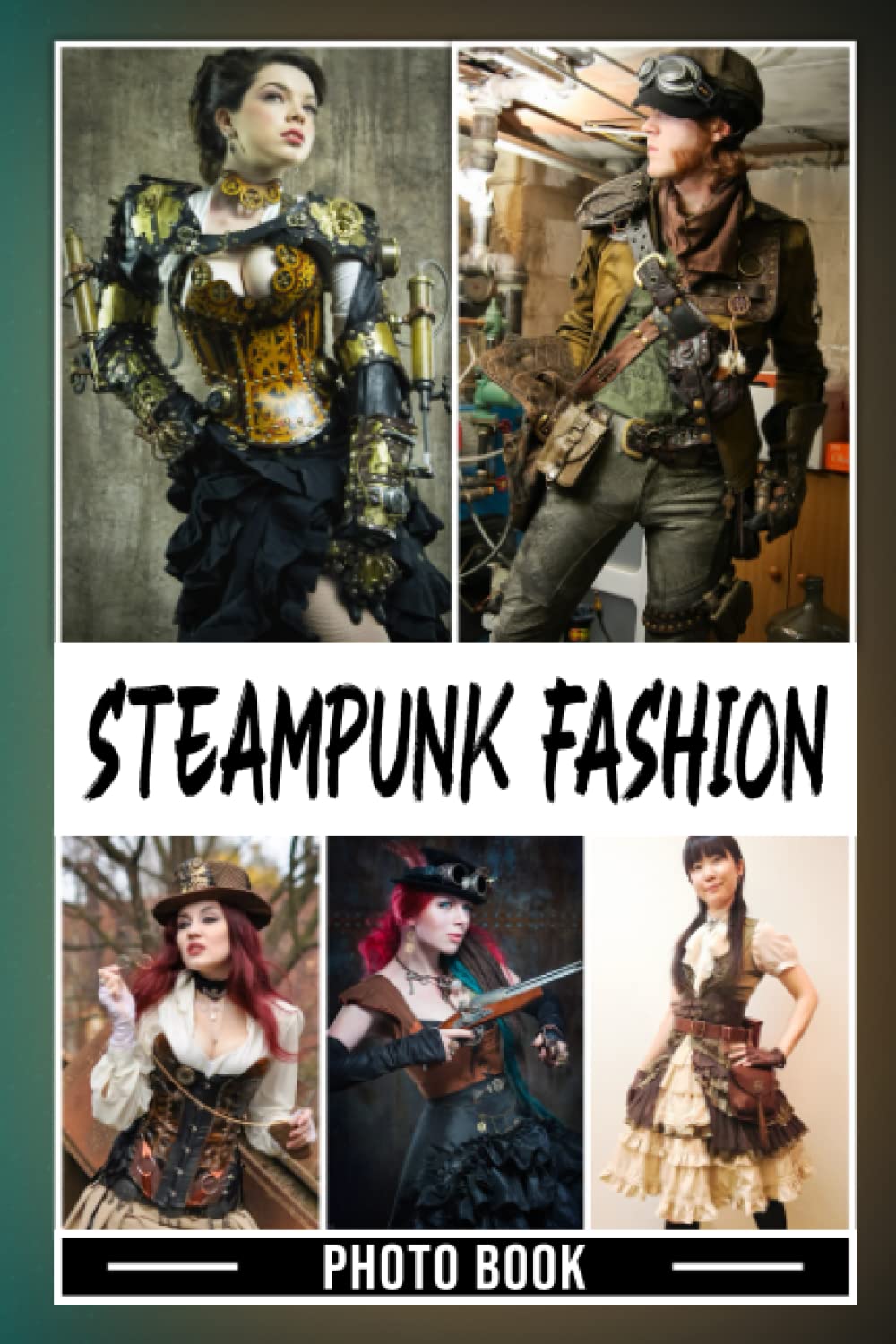The History of Steampunk
The term “steampunk” was initially introduced by science fiction writer K. W. Jeter in 1987. He used the word to describe a genre of speculative fiction in which steam, not electricity, drove technological advancements. The term was a tongue-in-cheek reference to cyberpunk, a popular science fiction genre of all time.

Although the term “steampunk” was coined in the 1980s, the genre’s roots can be traced back to the 19th century. Many of the works considered seminal to steampunk were written in the 19th century, including the works of H. G. Wells, Jules Verne, and Mary Shelley. These works featured steam-powered technology and Victorian-era settings, which are two of the defining characteristics of steampunk.

In the 1970s and 1980s, there was a resurgence of interest in Victorian-era science fiction. This led to the publication of several new works of steampunk fiction, including The Anubis Gates by Tim Powers (1983), Homunculus by James Blaylock (1986), and Morlock Night by K. W. Jeter (1979). These works helped to popularize the genre and to establish its defining characteristics.
In the 1990s, steampunk began to grow in popularity. This was partly due to the publication of several new steampunk novels, including The Difference Engine by William Gibson and Bruce Sterling (1990) and The Leviathan by Scott Westerfeld (2009). It was also due to the growing popularity of steampunk fashion and steampunk art.
Today, steampunk is a thriving genre of science fiction. It has been featured in novels, films, television shows, and video games. It has also spawned a number of subgenres, including dieselpunk, clockpunk, and atompunk. Steampunk is a popular form of escapism, allowing fans to imagine a world where steam-powered technology is still the norm. It is also a way to explore the Victorian era and its legacy.

The Future of Steampunk
The future of steampunk is still being determined. However, there are a number of factors that suggest that the genre will continue to be popular in the years to come. These factors include the growing popularity of steampunk fashion and art, the increasing interest in Victorian-era history, and the continued publication of new steampunk novels, films, and television shows.

Steampunk will also evolve into new and unexpected forms in the future. For example, steampunk will become more mainstream or develop into a new form of social commentary. Only time will tell what the future holds for steampunk.

Conclusion
Steampunk is a fascinating and ever-evolving genre of science fiction. This genre allows fans to imagine a world where steam-powered technology is still the norm and where the Victorian era is still alive and well. Steampunk is also a constantly evolving genre, and it is impossible to say what the future holds for it. However, one thing is for sure: steampunk is here to stay.

Unfortunately, this marks the conclusion of our post titled “The Evolution and Popularity of Steampunk: A Journey Through History and Fiction“. If you are a Steampunk enthusiast and enjoy our blog, we invite you to subscribe below to receive email notifications whenever we publish fresh content on the Steampunk Stuff blog.
If you would love to read any of the books mentioned in the article, you can see them all in one place, here on our Amazon influencer page. Happy reading, everyone.
* Etsy User Photographs are shared here, with the authorisation granted to Etsy and their partners under section 5c of Etsy’s terms of use to promote Etsy, its services and its products.
- What Is Steampunk?
- The Fascinating World of Steampunk: Unveiling the Prominence of Cogs and Gears.
- Ideas for a Steampunk Shopping Spree.
Get notifications when new steampunk stuff is published.
You might also like:
https://wp.me/pbZSnV-1Sx















2 Comments
Add Yours →[…] The “Old City Under The Moon” was first featured in our post, The Evolution and Popularity of Steampunk: A Journey Through History and Fiction. […]
[…] The Evolution and Popularity of Steampunk: A Journey Through History and Fiction. […]